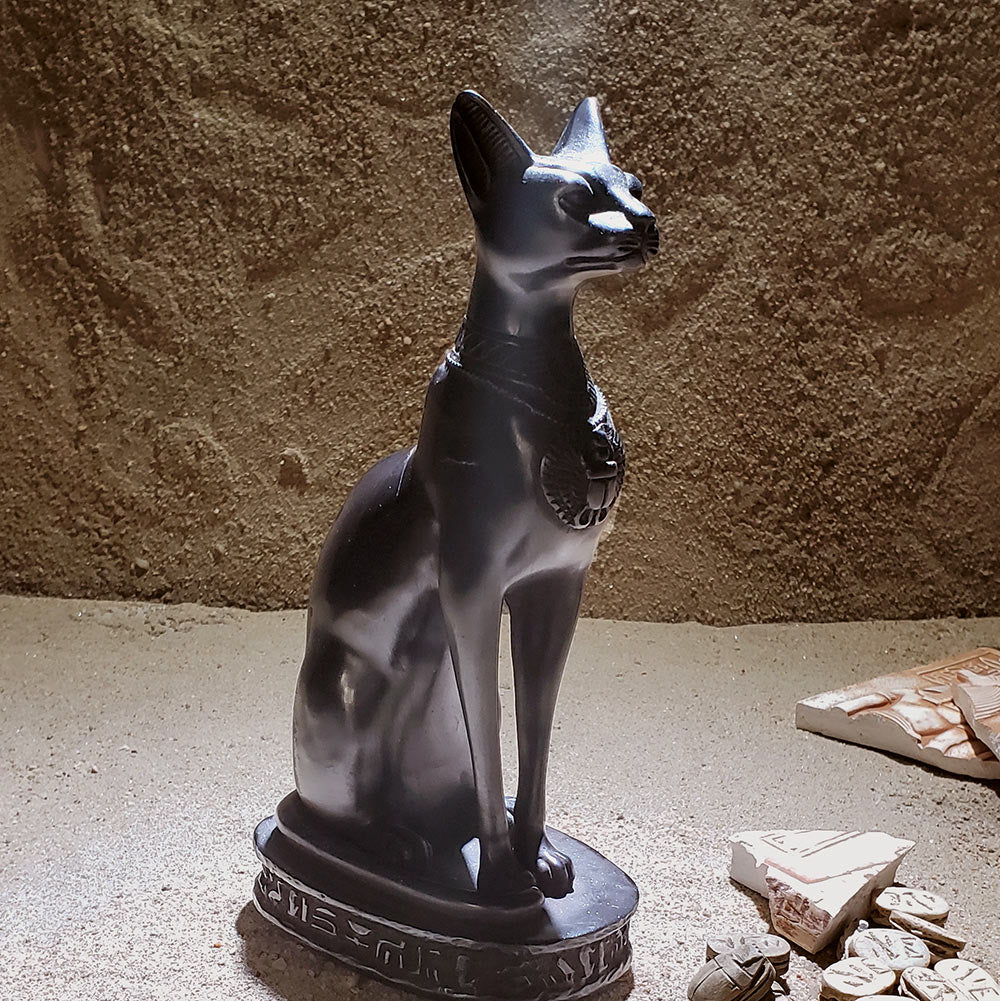Visiting the Tombs of the Nobles: A Hidden Gem in Luxor
Ceramic Hippos in Ancient Egypt
A Gift Guide from Egyptian Imports: Meaningful Treasures for Every Budget
The History of Egyptian Altar Spaces and How They Inspire Us Today
Scarab Beads in Jewelry: Ancient Egyptian Amulets of Protection
The Timeless Allure of Queen Nefertiti
From Hieroglyph to Heirloom: The Art of Making Cartouche Pendants in Egypt















